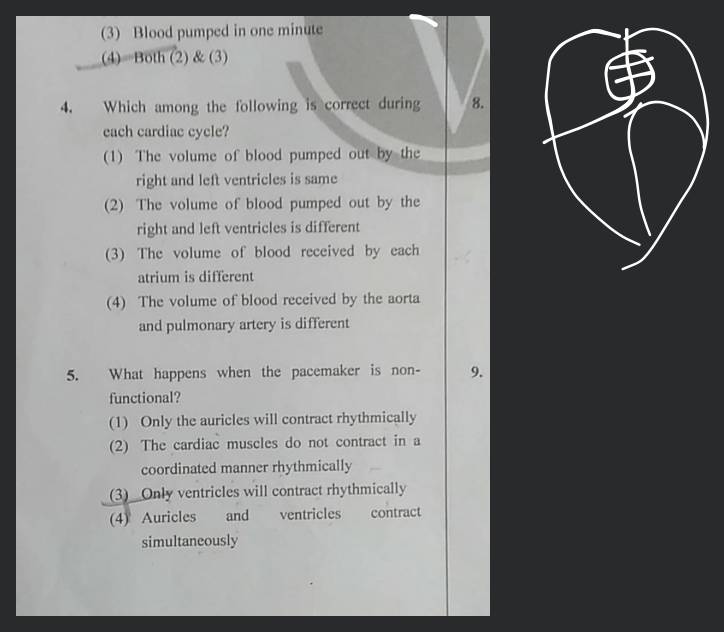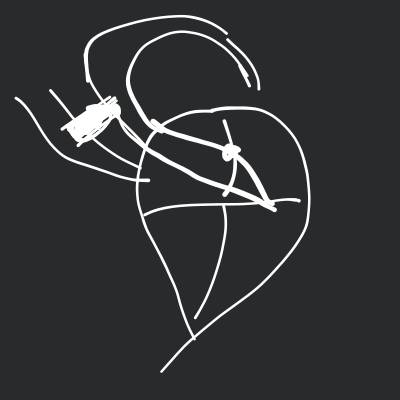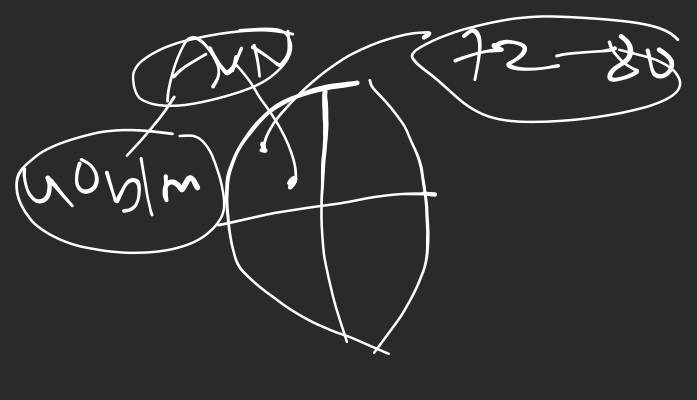Question
Easy
Solving time: 2 mins
What happens when the pacemaker is non functional ?
Found 2 tutors discussing this question
Discuss this question LIVE
10 mins ago
 Text solution
Text solution Verified
Verified
SA- node is known as the natural pacemaker of heart. It is responsible for initiation of heart beat which is then passed through Bundle of His and Purkinje fibres to reach all parts of the heart. Thus, if it becomes non functional, there is irregularity in heart rhythm and creating failure of the atrial impulses received by ventricle.
Was this solution helpful?
67
Share
Report

One destination to cover all your homework and assignment needs
Learn Practice Revision Succeed

Instant 1:1 help, 24x7
60, 000+ Expert tutors

Textbook solutions
Big idea maths, McGraw-Hill Education etc

Essay review
Get expert feedback on your essay

Schedule classes
High dosage tutoring from Dedicated 3 experts
Practice more questions from Body Fluids and Circulation
Question 3
Medium
Views: 5,771
Practice questions on similar concepts asked by Filo students
Question 1
Views: 5,256
Question 4
Views: 5,452


Stuck on the question or explanation?
Connect with our Biology tutors online and get step by step solution of this question.
231 students are taking LIVE classes
| Question Text | What happens when the pacemaker is non functional ? |
| Updated On | Mar 8, 2023 |
| Topic | Body Fluids and Circulation |
| Subject | Biology |
| Class | Class 11 |
| Answer Type | Text solution:1 Video solution: 1 |
| Upvotes | 152 |
| Avg. Video Duration | 10 min |







